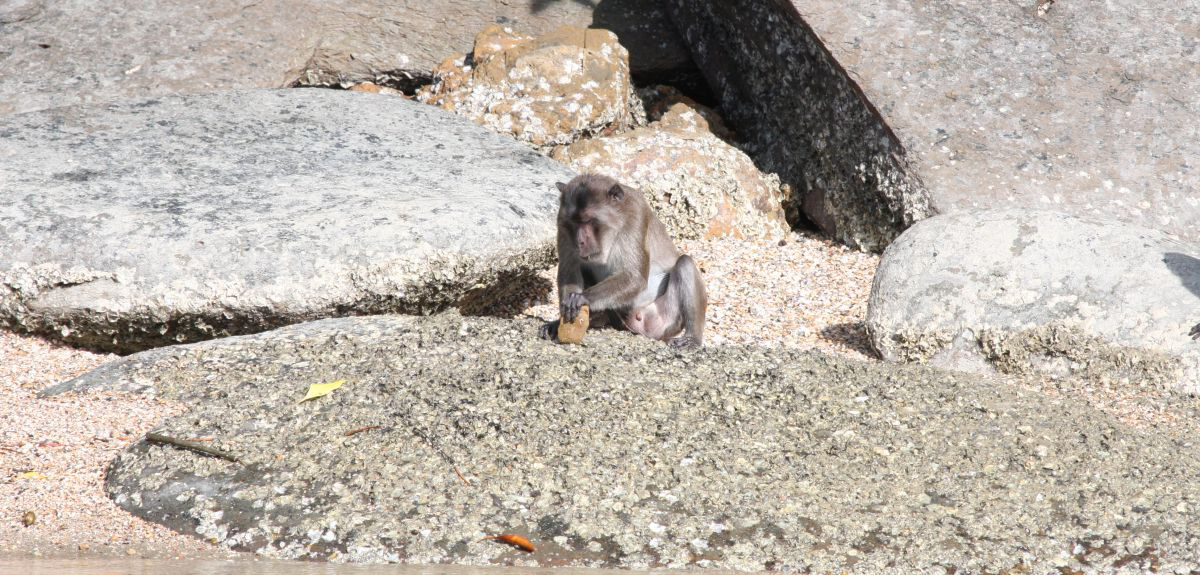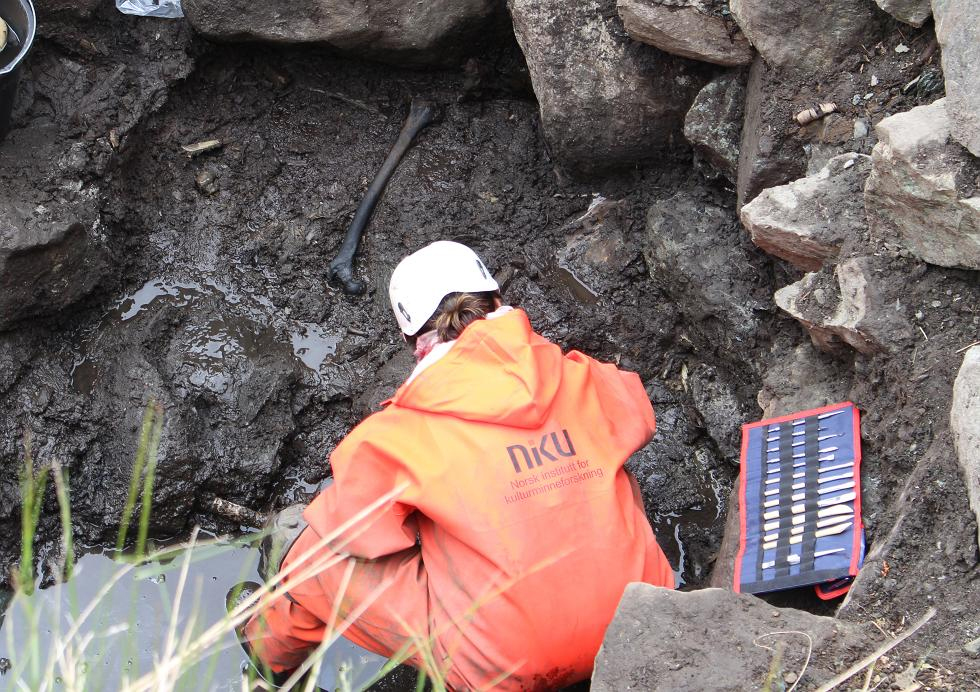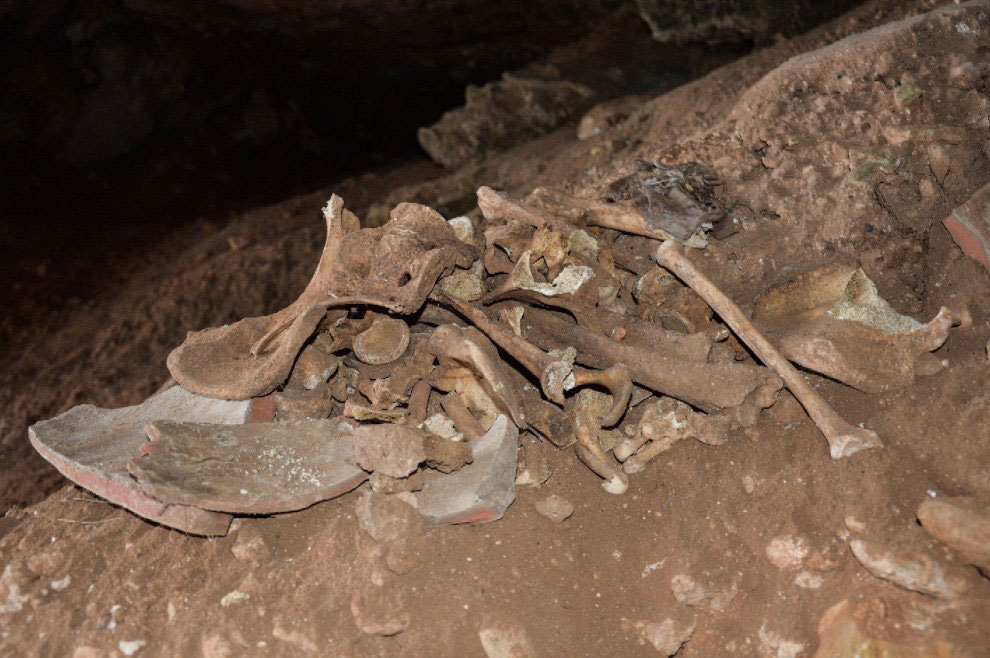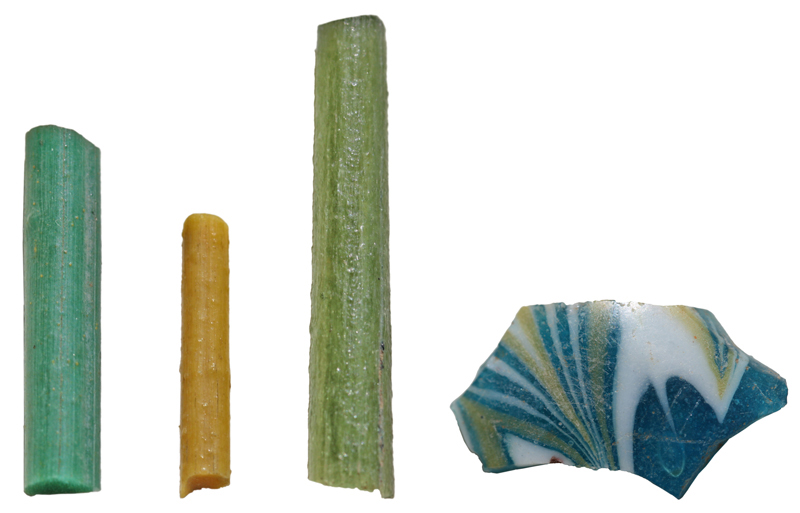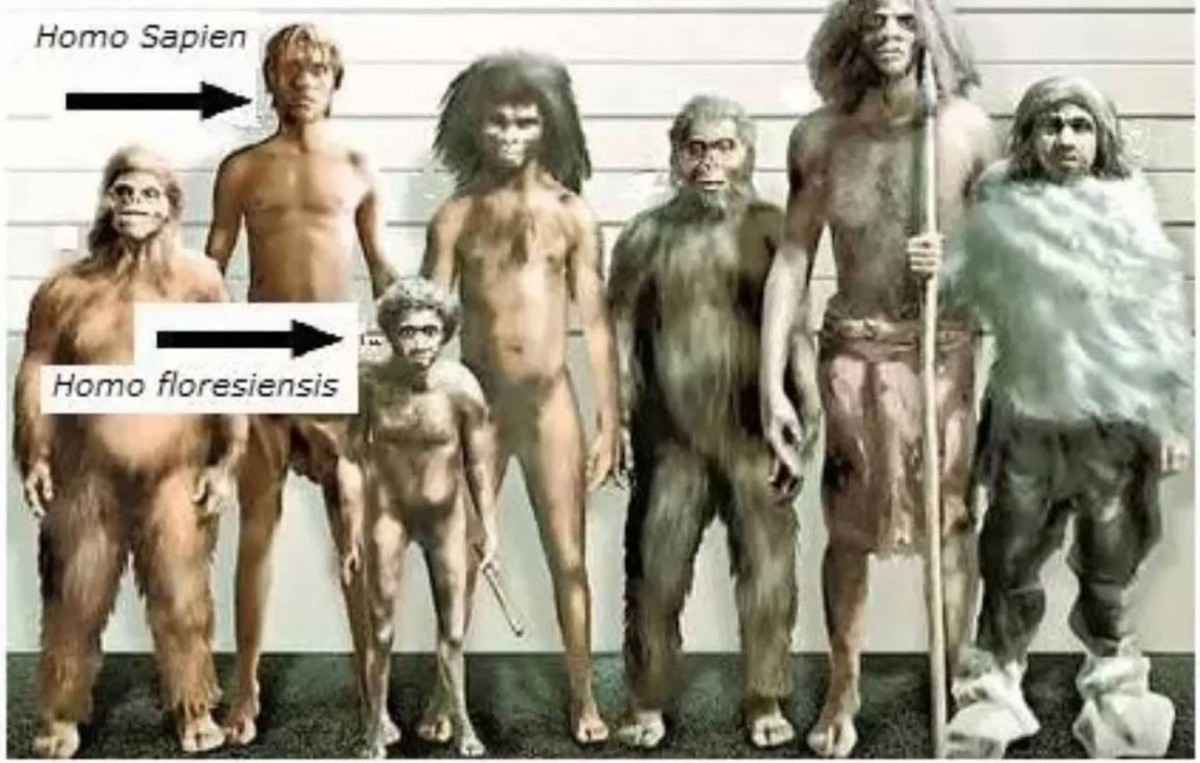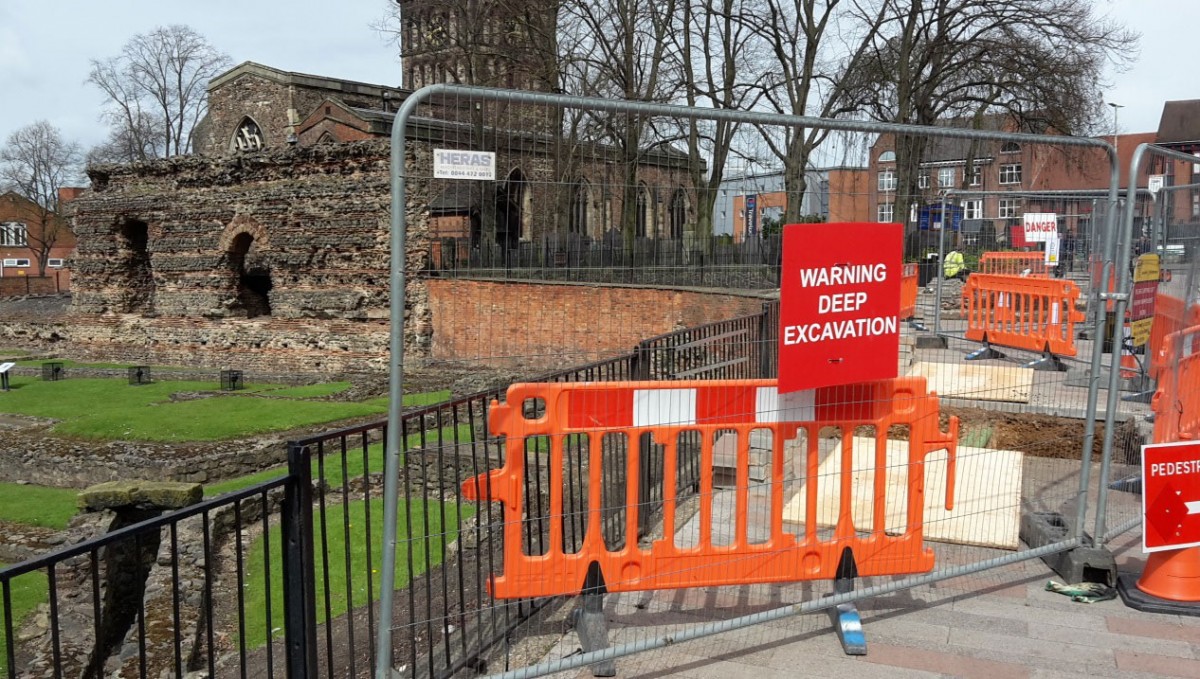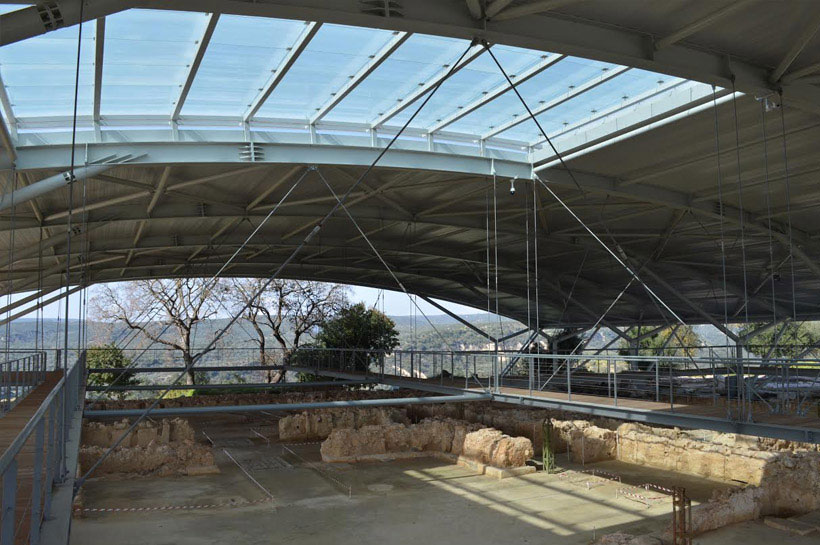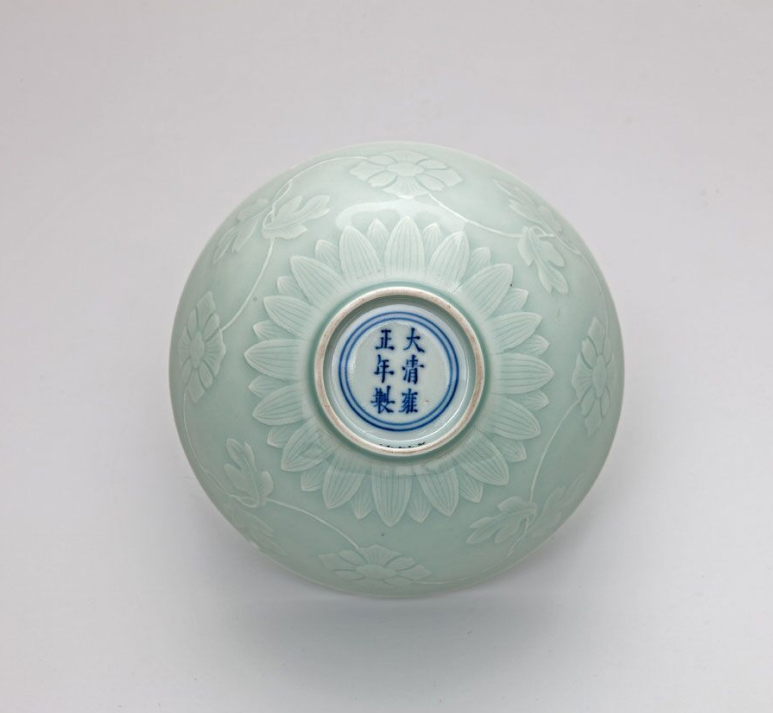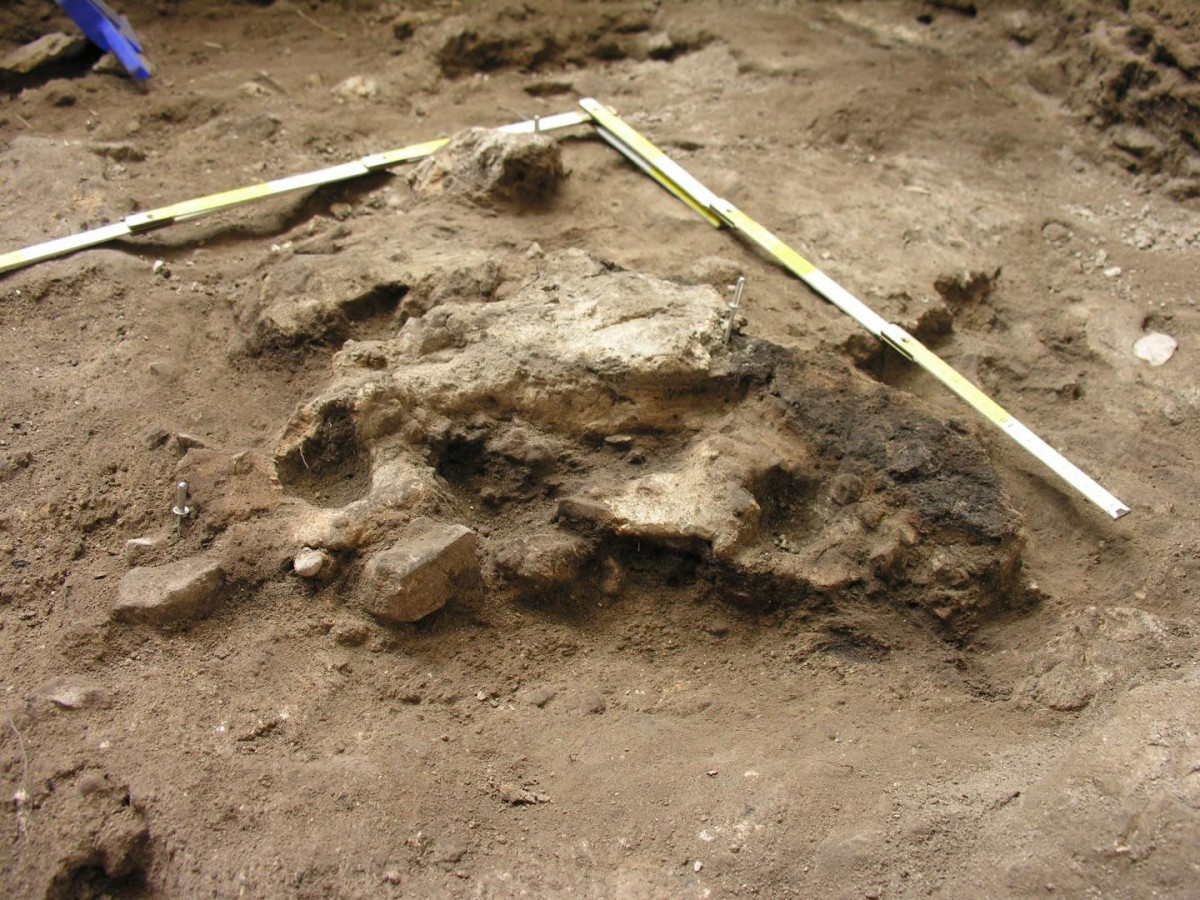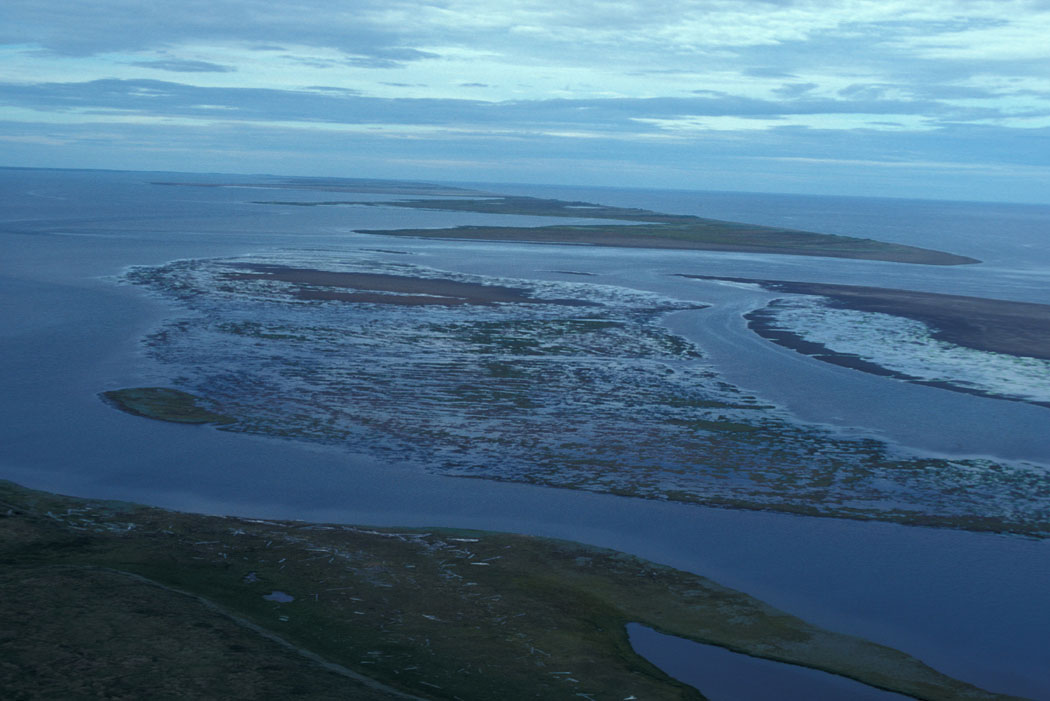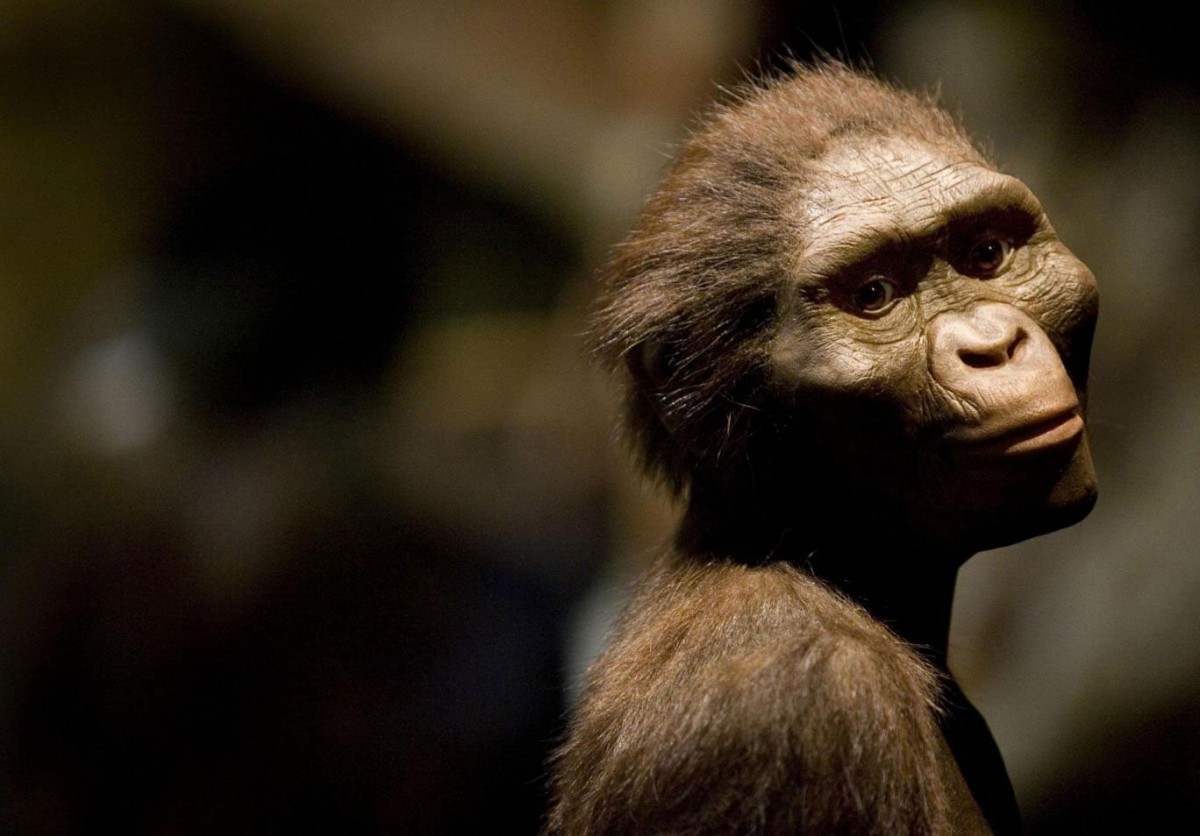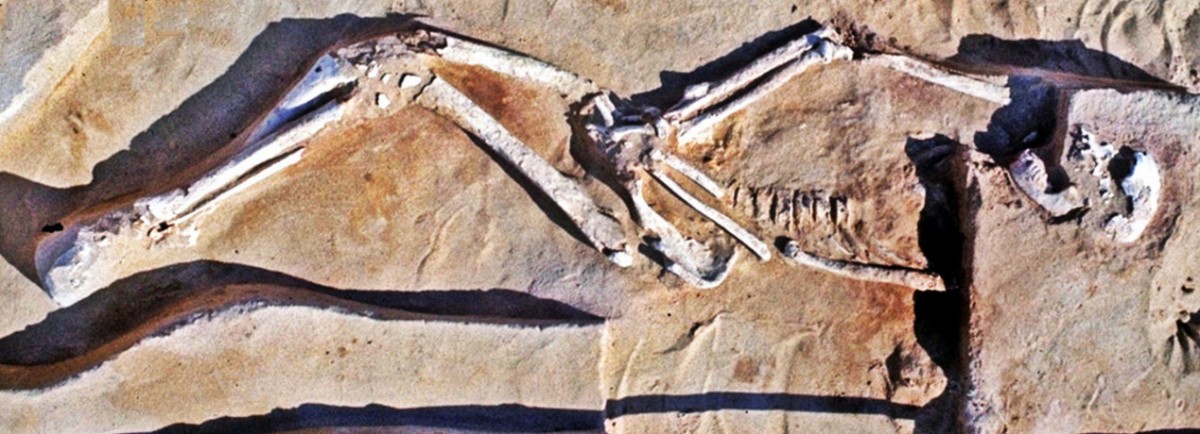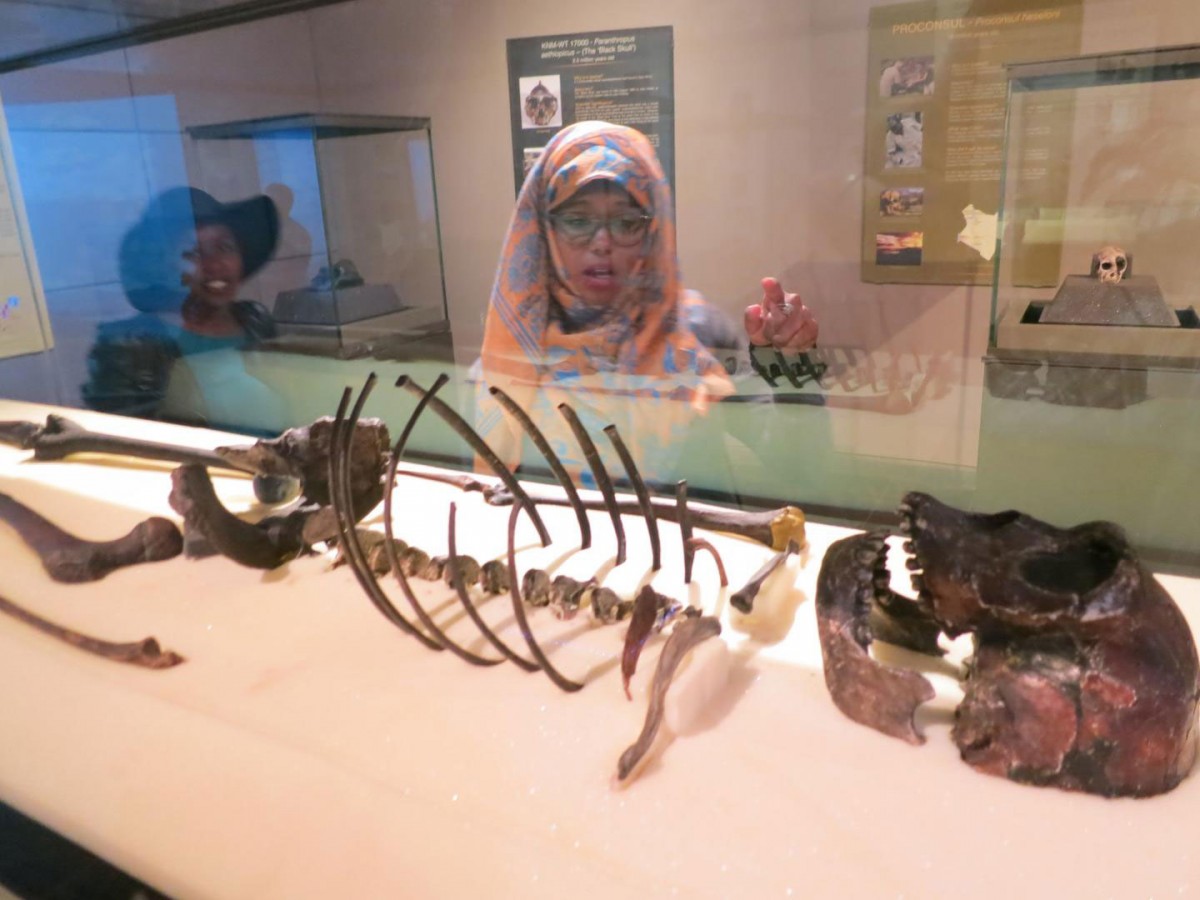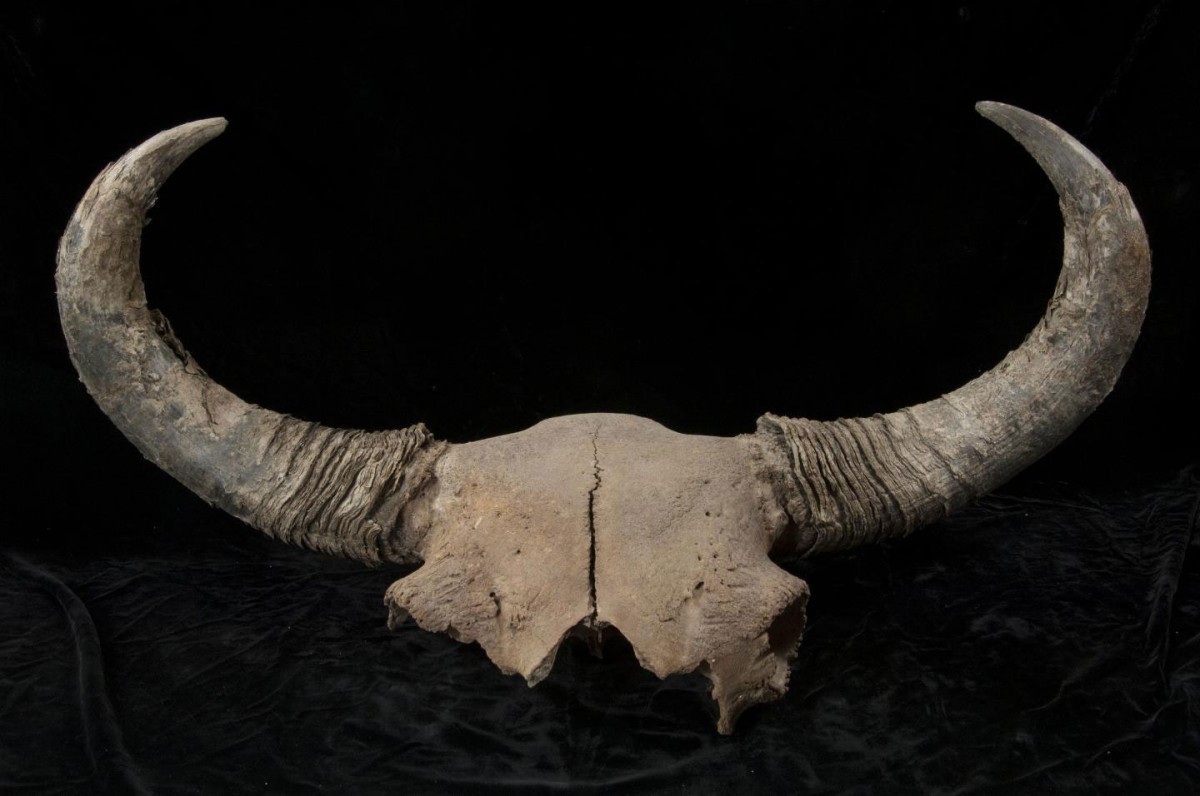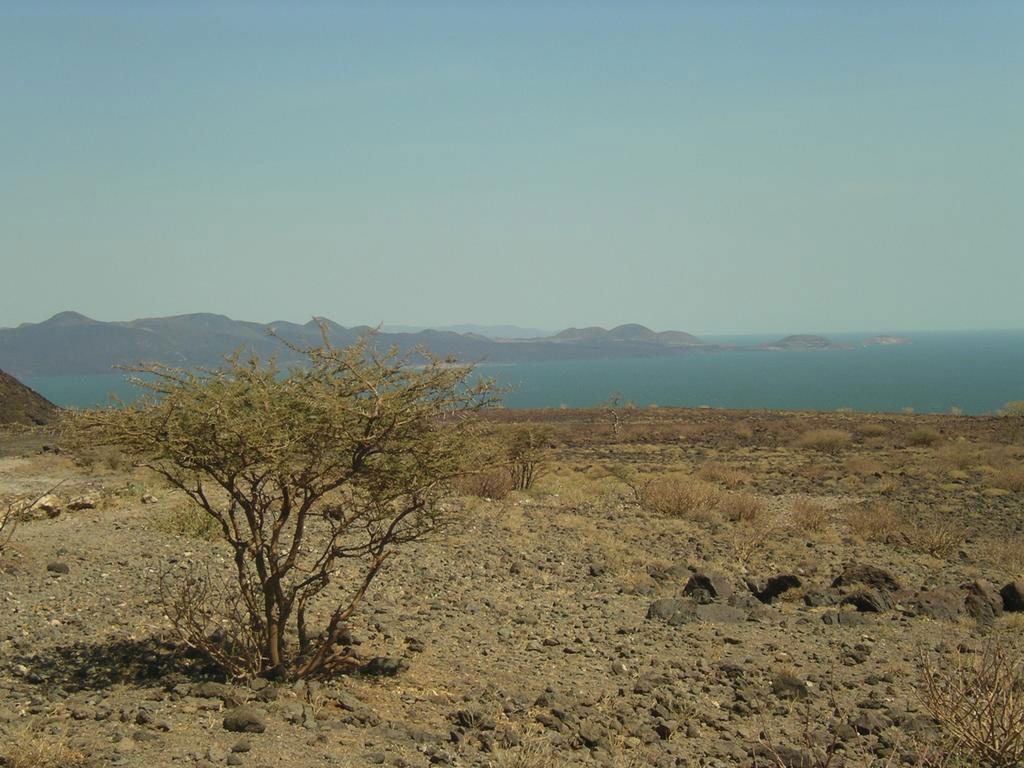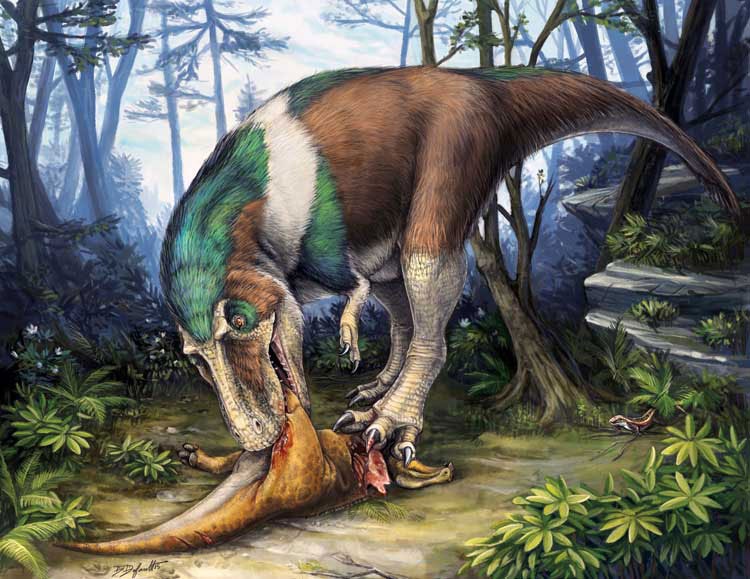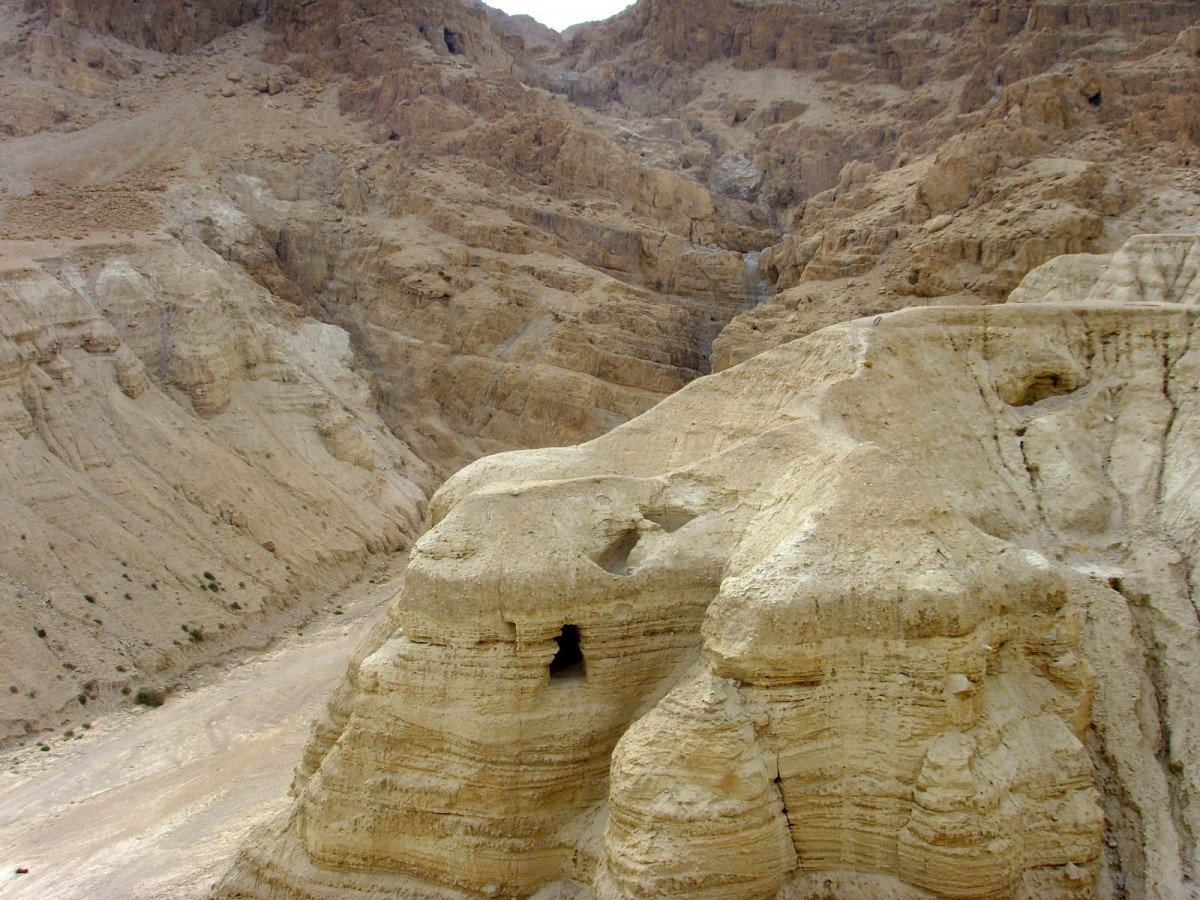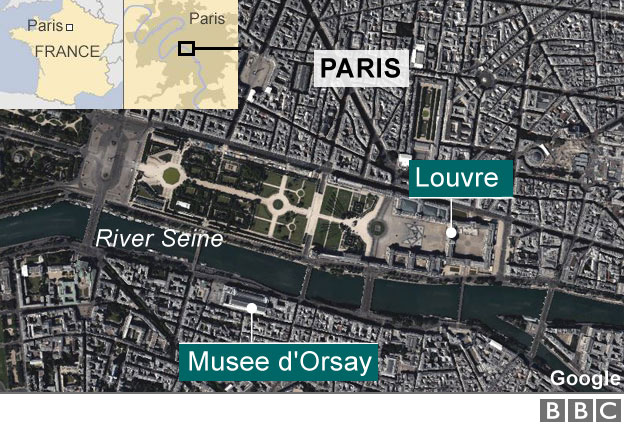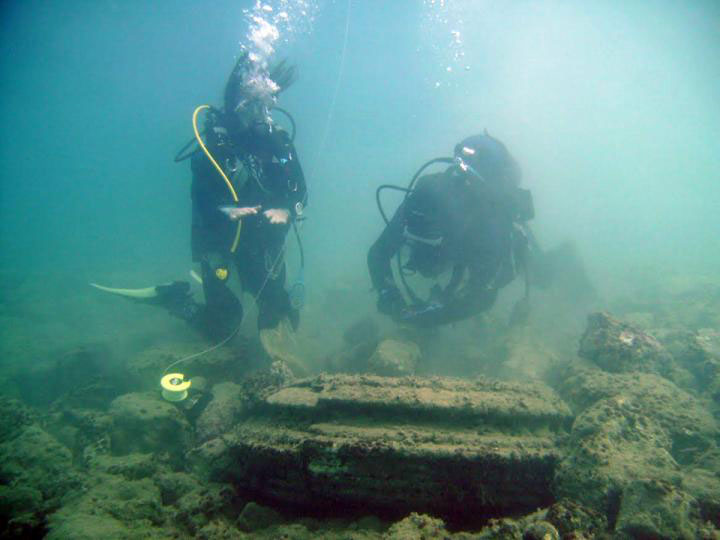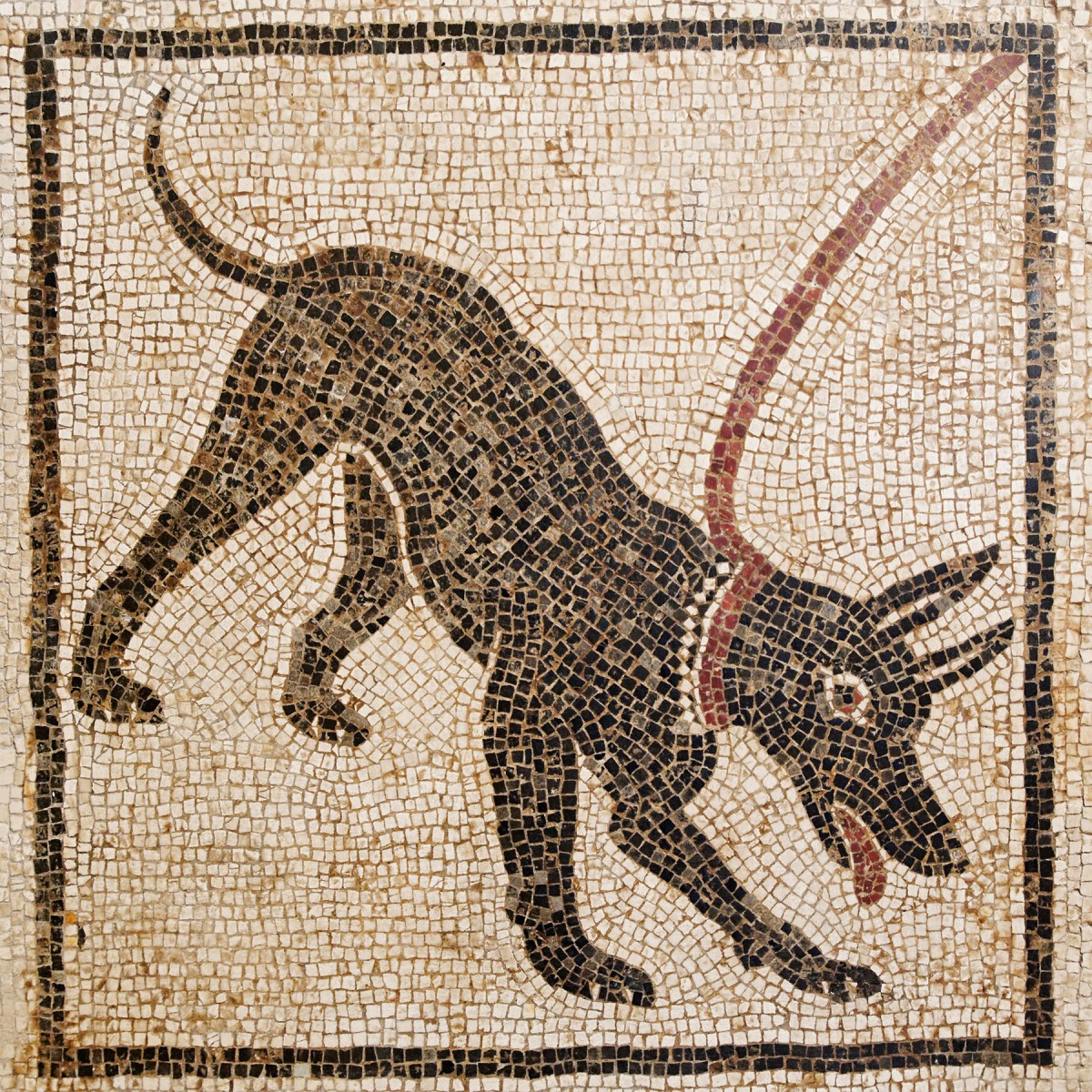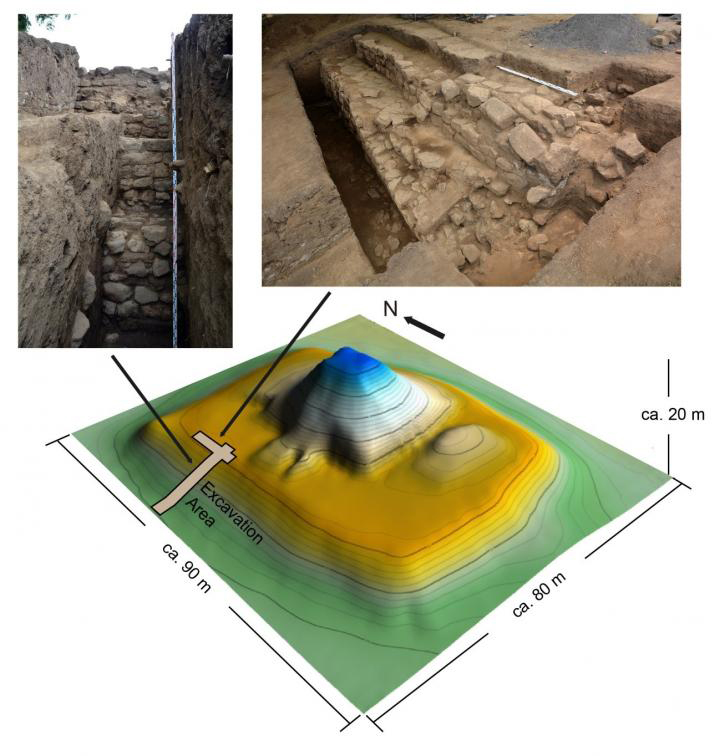Tool use by Old World monkeys
A new study looks into the history of stone tools used by wild macaques in coastal Thailand. It finds they have been using them for decades.
Skeleton confirms historical events mentioned in the Viking Sagas
Archaeologists working in Trondheim in Norway have unearthed a human skeleton in the bottom of an abandoned castle well. The skeleton provides evidence that confirms dramatic historical events mentioned in the Viking Sagas.
Tourists in Italy discover Roman child skeleton
Tourists hiking in the Lazio region in Italy found a skeleton, probably of an ancient Roman child, while exploring a cave.
Tracing the glass route
Chemical analysis of glass beads shows that the trade routes between South Scandinavia and the Mediterranean likely crossed.
New fossils shed light on the origin of ‘hobbits’
Homo florensiensis probably was a dwarfed version of the famous Java Man.
Roman walls, pottery and human remains uncovered in Leicester
In between the buried tangle of live electric, gas, fibre optic cables and Victorian sewage pipes archaeologists uncovered a layer of surviving Roman archaeology, which appears to be in good condition.
The mythical Palace of Nestor will reopen after three years
The Palace of Nestor will reopen on June 12, after three years of restoration works, the Greek Culture Ministry announced on Tuesday.
“Ancient Greeks would not recognise our ‘democracy’ – they’d see an ‘oligarchy’”
What would ancient Greeks think of our democracy? Would all our modern democratic systems count as “oligarchy”? Opinion article by Paul Cartledge.
Ceramics from China at the Benaki Museum
For the first time in 35 years, the Benaki Museum presents to the Greek and international public highlights from its unique collection of Chinese wares.
Livestock pens approximately 5,000 years old in Álava, Spain
Researchers combined geoarchaeological and palaeobotanical data to answer questions about livestock shelters of the early Chalcolithic in Álava and the practices people were engaged in within these enclosures.
Old World metals traded on Alaska coast hundreds of years before contact with Europeans
Two leaded bronze artifacts found in northwestern Alaska are the first evidence that metal from Asia reached prehistoric North America prior to contact with Europeans.
On common ground: Liverpool and Palmyra, World Heritage in danger
A University of Kent heritage lawyer warns that the Maritime Mercantile City of Liverpool is on UNESCO's List of World Heritage in Danger.
Lucy had neighbors: A review of African fossils
If "Lucy" wasn't alone, who else was in her neighborhood? Key fossil discoveries over the last few decades in Africa indicate that multiple early human ancestor species lived at the same time more than 3 million years ago.
Research proves Aboriginal Australians were first inhabitants
Griffith University researchers have found evidence that demonstrates Aboriginal people were the first to inhabit Australia.
Inbred Neanderthals left humans a genetic burden
Non-African human populations today have marginally lower fitness thanks to Neanderthal inheritance.
New support for human evolution in grasslands
Buried deep in seabed sediments off east Africa, scientists have uncovered a 24-million-year record of vegetation trends in the region where humans evolved.
Ice age bison fossils shed light on early human migrations in North America
Study dates the first movements of bison through an ice-free corridor that opened between the ice sheets after the last glacial maximum.
“Pristine” landscapes haven’t existed for thousands of years due to human activity
An exhaustive review of archaeological data from the last 30 years provides details of how the world's landscapes have been shaped by repeated human activity over many thousands of years.
Did dinosaurs have lips?
Can a crocodile’s smile reveal whether dinosaurs had lips? What if lips and gums hid most of dinosaur's teeth?
A national plan to excavate the Judean Desert caves
The Israel Antiquities Authority is promoting a national plan for comprehensive archaeological excavations in the Judean Desert caves, and rescuing the Dead Sea Scrolls.
Works from the Louvre are moved due to flood
Works of art kept at underground reserves of the Louvre and the Musee d'Orsay are moved to higher levels due to floods.
Underwater ‘lost city’ found to be geological formation
When underwater divers discovered what looked like paved floors, courtyards and colonnades, they thought they had found the ruins of a long-forgotten civilization that perished when tidal waves hit the shores of the Greek holiday island Zakynthos...
Dogs were domesticated not once, but twice…
New research shows that man's best friend may have emerged independently from two separate (possibly now extinct) wolf populations that lived on opposite sides of the Eurasian continent.
How southeastern Mayan people overcame the catastrophic eruption of Ilpango?
Researchers discovered a Great Platform built with different kinds of stone at the archeological site of San Andrés, El Salvador, and challenged the prevailing theory regarding the sociocultural development of Southeastern Maya frontier.
